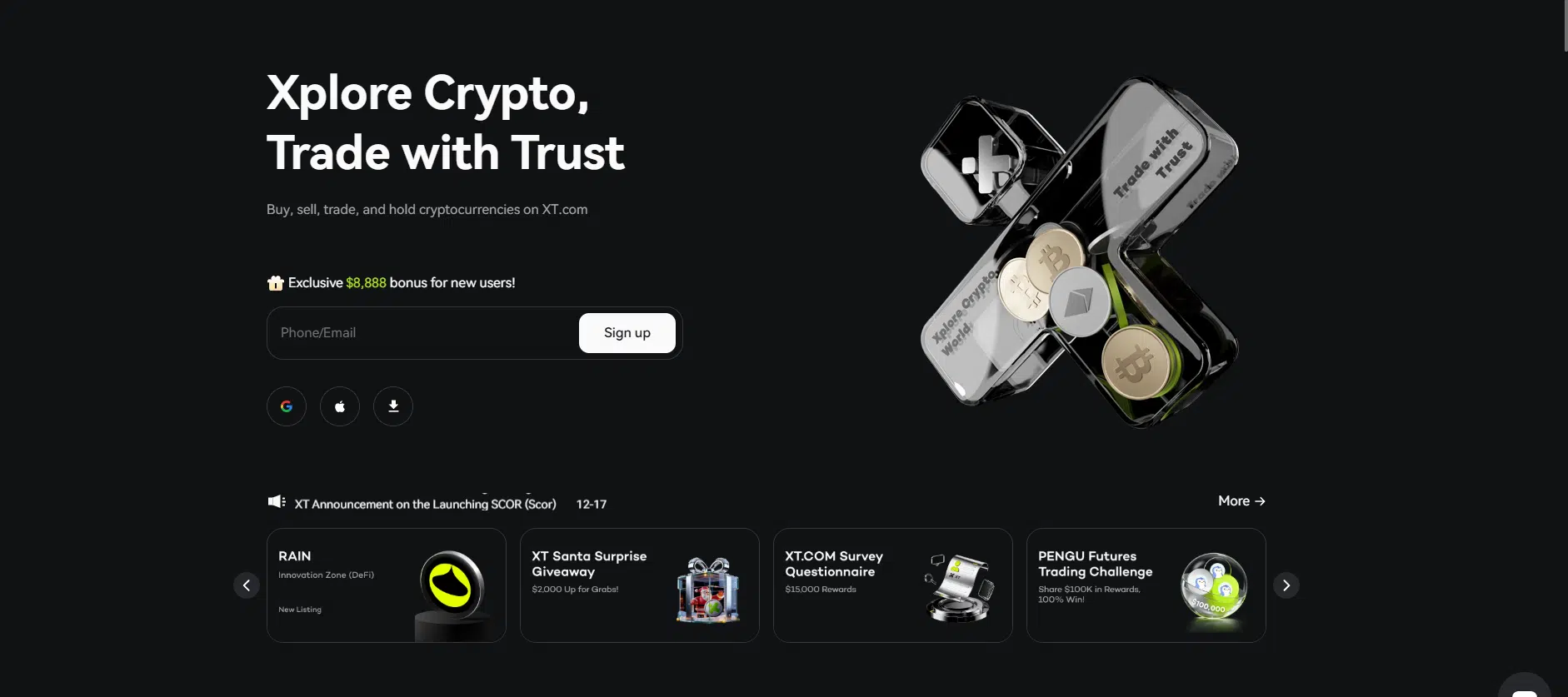ICOs vs. IDOs vs. IEOs: Understanding the Differences in Crypto Fundraising
In the rapidly evolving world of cryptocurrency, raising funds for blockchain projects has become more accessible, thanks to innovative fundraising models like ICOs, IDOs, and IEOs. Each of these methods offers distinct benefits and comes with its own set of challenges. Whether you’re a crypto enthusiast, an investor, or a project developer, understanding the differences between these models is crucial. In this blog, we’ll break down what sets ICOs, IDOs, and IEOs apart, their pros and cons, popular platforms that support them, and how to choose the right one for your project.
What is an ICO (Initial Coin Offering)?
ICOs, or Initial Coin Offerings, were the first major method for raising funds in the crypto space. Think of them as the cryptocurrency equivalent of an IPO (Initial Public Offering) in traditional finance.
How Does an ICO Work?
In an ICO, a blockchain project offers its native token to investors in exchange for established cryptocurrencies like Bitcoin (BTC) or Ethereum (ETH). The funds raised are then used to develop the project. Typically, these tokens are sold at a discounted price before the project is fully operational, providing early supporters with the potential for significant returns.
Popular Platforms for ICOs:
- CoinList: CoinList is a trusted platform that helps projects run successful ICOs by providing a streamlined process and access to a large pool of investors.
- Tokensoft: A platform that specializes in compliant token sales, helping projects launch secure and legal ICOs.
- ICO Drops: A popular site that lists upcoming ICOs, making it easier for investors to find new opportunities.
Pros of ICOs:
- Accessibility: Anyone with a crypto wallet can participate.
- No Middlemen: Direct interaction between the project and investors.
- Potential for High Returns: Early investments can yield substantial profits if the project succeeds.
Cons of ICOs:
- Lack of Regulation: This can lead to scams or poorly managed projects.
- High Risk: Many ICOs fail to deliver on their promises, leading to losses for investors.
Notable ICO Example:
One of the most famous ICOs was Ethereum, which raised over $18 million in 2014. Today, Ethereum is one of the largest and most successful blockchain platforms.
What is an IDO (Initial DEX Offering)?
IDOs, or Initial DEX Offerings, are a newer fundraising method that leverages decentralized exchanges (DEXs). They evolved as a more decentralized and community-driven alternative to ICOs and IEOs.
How Does an IDO Work?
In an IDO, tokens are launched on a decentralized exchange, where investors can buy them directly. Unlike ICOs, where tokens are sold before they’re listed on exchanges, IDOs typically involve immediate listing on a DEX, providing liquidity right from the start.
Popular Platforms for IDOs:
- Uniswap: The leading decentralized exchange where many projects launch their IDOs, providing immediate trading and liquidity.
- PancakeSwap: A popular DEX on the Binance Smart Chain, known for hosting various successful IDOs.
- Polkastarter: A platform built on the Polkadot network, designed specifically for IDOs, offering cross-chain pools and auctions.
Pros of IDOs:
- Instant Liquidity: Tokens are immediately tradable after the sale.
- Decentralized: No central authority controls the fundraising process.
- Lower Costs: Reduced fees compared to centralized platforms.
Cons of IDOs:
- Lower Exposure: DEXs may have less reach than centralized exchanges.
- Volatility: Prices can fluctuate wildly due to instant trading.
- Regulatory Uncertainty: Similar to ICOs, regulatory oversight is minimal.
Notable IDO Example:
One of the prominent IDOs was Uniswap, a decentralized exchange itself, which launched its UNI token in 2020. The event was highly successful, with the token seeing significant appreciation post-launch.

What is an IEO (Initial Exchange Offering)?
IEOs, or Initial Exchange Offerings, are a more secure and regulated form of fundraising compared to ICOs and IDOs. In this model, the fundraising process is managed by a cryptocurrency exchange.
How Does an IEO Work?
In an IEO, a cryptocurrency exchange conducts the token sale on behalf of the project. Investors must create an account on the exchange and participate in the sale through its platform. The exchange acts as a trusted intermediary, vetting the projects before listing their tokens.
Popular Platforms for IEOs:
- Binance Launchpad: Binance’s platform is the most prominent for IEOs, having hosted many successful token launches.
- Huobi Prime: Huobi’s IEO platform offers a trusted environment for launching new tokens.
- OKEx Jumpstart: OKEx provides a platform for blockchain projects to raise funds through IEOs, with a focus on user-friendly participation.
Pros of IEOs:
- Security and Trust: Exchanges usually perform due diligence, reducing the risk of scams.
- Broader Audience: Established exchanges have large user bases, increasing exposure.
- Regulated Environment: Some exchanges operate under regulatory frameworks, providing more protection to investors.
Cons of IEOs:
- Centralization: The process relies heavily on the exchange, reducing decentralization.
- Higher Costs: Projects often have to pay listing fees and give a portion of their tokens to the exchange.
- Limited Accessibility: Investors must go through KYC (Know Your Customer) processes, which can be restrictive.
Notable IEO Example:
Binance Launchpad’s IEO for the BitTorrent token (BTT) in 2019 was one of the most successful, raising $7.2 million in just 15 minutes. Check out Binance’s Launchpad for more IEO opportunities.
Comparing ICOs, IDOs, and IEOs: Which One is Right for You?
Choosing between an ICO, IDO, or IEO depends on your specific needs as a project or investor. Here’s a quick comparison to help you decide:
| Feature | ICO | IDO | IEO |
|---|---|---|---|
| Regulation | Low | Low | Medium to High |
| Accessibility | High | High | Medium |
| Costs | Low to Medium | Low | High |
| Risk Level | High | Medium | Low |
| Liquidity | Delayed | Immediate | Immediate |
| Exposure | Varies | Lower | High |
| Centralization | Low | Low | High |
Conclusion
Each fundraising model—ICO, IDO, and IEO—comes with its own set of advantages and challenges. ICOs offer a simple and direct approach but come with high risks. IDOs promote decentralization and immediate liquidity but can be volatile. IEOs provide a more secure and regulated environment but at a higher cost and with less decentralization.
For investors, understanding these differences is key to making informed decisions. For projects, choosing the right fundraising method could determine the success or failure of your venture. Always conduct thorough research and consider the specific needs of your project or investment strategy.
For more insights and educational resources related to it, visit our ICOs, IDOs, and IEOs section.
Stay Updated
For the latest updates on stablecoins and other cryptocurrency news, follow us on:
- Twitter: https://twitter.com/FreeCoins24
- Telegram: https://t.me/freecoins24
Stay informed with the latest strategies and insights in the world of cryptocurrency at FreeCoins24.io.
Special Offer
For an enhanced trading experience, consider Bybit. Sign up through our referral link to unlock exclusive rewards, including up to $30,000 in deposit bonuses, and elevate your trading journey.

















